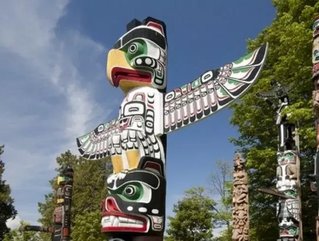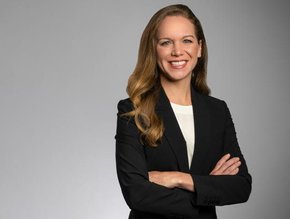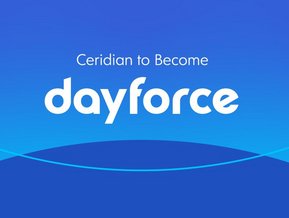Workshop to Teach First Nations How to Map Territories on Google Earth

Google Earth may soon widen its scope by extending its gaze to some of the most remote First Nations territories in Canada.
Google employees will be teaching members from about 70 First Nations across Canada how to chart their land on the application during a four-day Indigenous Mapping Workshop at the University of Victoria beginning on Monday.
Two days of lectures will be followed by two days of hands-on training with the goal of getting attendees to map out their territories.
The Firelight Group, who hosted the event, expects that the maps created during the project will be kept private. Members of First Nations can upload the data online if they choose to make it public.
Steven DeRoy, a director with the association, said that the course would allow aboriginal groups to chart multiple items on their land and compare their relationships.
Deroy noted that interactions between wildlife, community and water are just a few examples that numerous things can be represented on an electronic map, which he finds to be easier to use than traditional maps.
“Historically, people would have had to look at paper maps and pull out another map if they wanted to see another layer and then pull out another map if they wanted to see another theme,” DeRoy said. But electronic mapping technology allows people to look at several maps or other items at once.
Some First Nations are already familiar with e-mapping, but DeRoy said that many others are not, due to a lack of resources and training.
Electronic mapping applications can cost thousands of dollars, which makes them unaffordable to many. The workshop hopes to make the technology more accessible by teaching people how to use Google Earth, which is a free resource.
DeRoy said that First Nations already using the application still have things to learn from the conference, as people will also be discussing best practices.
“I think the dialogue is important,” he said. "The software changes so fast that to be able to stay on top of these changing technologies can be a challenge for many nations.”
The event is supported by the Union of British Columbia Indian Chiefs.
Grand Chief Stewart Phillip, president of the Union, is expected to address the attendees.
"I think this conference has a lot to do with the evolution of technology," Phillip said.
The uses of e-mapping extend beyond simply drawing borders around territories.
Phillip said the technology could be used to document potential environmental damage occurring on First Nations lands, and to examine the consequences of accidents such as the recent Mount Polley tailings pond spill.
“If you could develop a map showing all of the waterways that would be impacted by that spill, that would be a very graphic representation of the harm that has been inflicted on the environment,” said Phillip. “I think issues like that will be discussed.”






